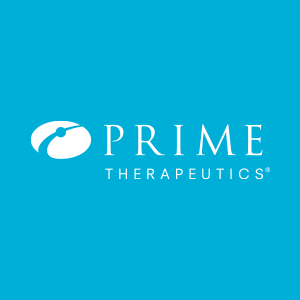 A recent research project by Prime Therapeutics LLC (Prime) found that new treatments targeting specific gene mutations that cause cystic fibrosis could drastically increase costs associated with treating the condition. These results were presented at the Academy of Managed Care Pharmacy’s (AMCP) 27th Annual Meeting and Expo in San Diego this April.
A recent research project by Prime Therapeutics LLC (Prime) found that new treatments targeting specific gene mutations that cause cystic fibrosis could drastically increase costs associated with treating the condition. These results were presented at the Academy of Managed Care Pharmacy’s (AMCP) 27th Annual Meeting and Expo in San Diego this April.
Cystic fibrosis is a genetic disease that commonly affects the airways and lungs. Estimates say that 30,000 American adults and children suffer from the disease, which predisposes patients to serious lung infections and greatly reduces the ability to absorb nutrients. Some patients end up needing a lung transplant just to survive extensive lung damage.
The first treatment targeting a determined gene mutation, ivacaftor (Kalydeco®), was approved in 2012 by the United States Food and Drug Administration (FDA). Ivacaftor caters to about 4 percent of CF patients and represents annual costs of more than $300,000. A novel combination of ivacaftor plus lumacaftor is awaiting FDA approval to treat patients 12 and older who carry a mutation present in about 50 percent of patients with cystic fibrosis. The price of this new drug is yet to be revealed but it is expected to be very similar to ivacaftor’s.
[adrotate group=”9″]
“Genetic research is helping advance new treatments that target not just the symptoms of disease, but the actual genetic causes. But these new treatments are coming with a steep price tag, as people with cystic fibrosis will take these drugs for several decades. Nationally, it could cost our health system as much as $4.5 billion per year to treat up to 15,000 people with cystic fibrosis who could benefit from this new combination drug. People with cystic fibrosis, their health plans and especially self-insured employers, must prepare now to manage the significant costs associated with these new treatments,” said Kevin Bowen, Prime’s researcher.
According to Prime’s research project, over 13 million commercially insured members were assessed, revealing an overall pharmacy and medical cost of about $367,000 under treatment with ivacaftor. If a patient carried on taking ivacaftor for 28 years (taking into account a life expectancy of 40 years), the drug costs would amount to $8 million. For patients who received a lung transplant, pharmacy plus medical costs in that year would be about $577,000, and annual costs after the transplant would average $143,000 each year. Those not on ivacaftor and have not received a lung transplant spent $76,000 in pharmacy and medical expenses per year.
Based on Prime’s results, about 4.5 out of every 100,000 members would meet the criteria to receive the new combination drug as soon as it is available. Expecting that the costs of the new drug would be similar to those of ivacaftor, this would end up with an increase of $1 per member and each month in pharmacy costs. This implies an increase of $150 million per year in treatment costs.

